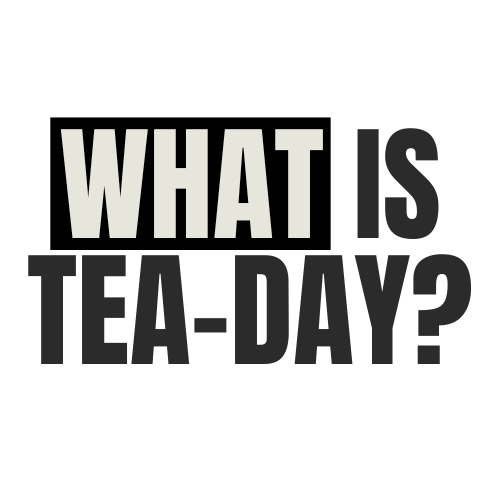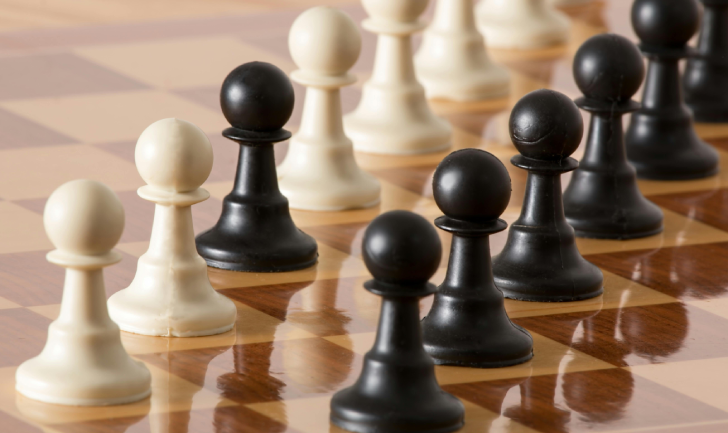Chess Day
National Chess Day is an official U.S. observance created to celebrate the game of chess and promote its educational and recreational benefits. Date: The second Saturday in October (established by President Gerald Ford in 1976). Purpose: To encourage people of all ages to learn and play chess, recognizing its role in developing critical thinking, strategy, and problem-solving skills. Local chess clubs often host tournaments and exhibitions. Schools and libraries organize chess lessons or community events. Players share games and tips online using hashtags like #NationalChessDay.

The history of chess is rich and spans over a millennium, evolving from ancient games to the highly strategic and popular game we know today.
Origins
Chaturanga (6th Century): The earliest known precursor to chess is Chaturanga, which originated in India around the 6th century AD. This game was played on an 8×8 board and included pieces that represented infantry, cavalry, elephants, and chariots, which later evolved into modern chess pieces.
Shah Mat (7th Century): Chaturanga spread to Persia, where it became known as Shah Mat (meaning “the king is dead”), leading to the term “checkmate.” The game gained popularity in the Persian Empire and continued to evolve.
Spread to the West
Islamic World (8th-10th Century): As the Islamic Empire expanded, chess spread across the Middle East and North Africa. It became a popular pastime among the nobility and was often featured in literature and art.
Europe (9th-15th Century): Chess was introduced to Europe through Spain and Italy in the 9th century, gaining popularity among the aristocracy. The rules began to change, and by the 15th century, many of the modern rules were established, including the powers of the queen and bishop.
Standardization of Rules
Modern Chess Rules (19th Century): The late 19th century saw the establishment of standard rules for chess, including the movements of pieces and the concept of check and checkmate. The World Chess Federation (FIDE) was founded in 1924 to govern international chess competitions.
Rise of Competitive Play
First Modern Chess Tournament (1851): The first modern chess tournament was held in London in 1851, won by Adolf Anderssen. This tournament showcased many of the era’s top players and helped popularize chess as a competitive sport.
World Chess Championship: The first official World Chess Championship took place in 1886, contested between Wilhelm Steinitz and Johann Zukertort. Steinitz became the first official World Chess Champion.
20th Century Developments
Prominent Players: The 20th century produced legendary players such as José Raúl Capablanca, Alexander Alekhine, and Mikhail Botvinnik, who shaped modern chess theory and competitive play.
Chess and Technology: The advent of computers in the latter half of the century transformed chess analysis. In 1997, IBM’s Deep Blue defeated reigning World Champion Garry Kasparov, marking a significant milestone in artificial intelligence and computer chess.
Chess Today
Global Popularity: Chess has grown in popularity worldwide, thanks in part to online platforms like Chess.com and Lichess, allowing players of all skill levels to compete and learn.
Diversity and Inclusion: Organizations are actively working to promote chess among underrepresented groups, including women and minority communities, fostering a more inclusive chess culture.
Modern Era: The rise of online chess and streaming platforms has brought new audiences to the game, with players like Hikaru Nakamura and Magnus Carlsen becoming prominent figures in the chess community.
Conclusion
Chess has evolved over centuries, transitioning from ancient origins to a global phenomenon that captivates millions. Its rich history reflects cultural exchanges, strategic innovations, and the enduring appeal of competition, making chess a timeless game that continues to adapt and grow in the modern world.


